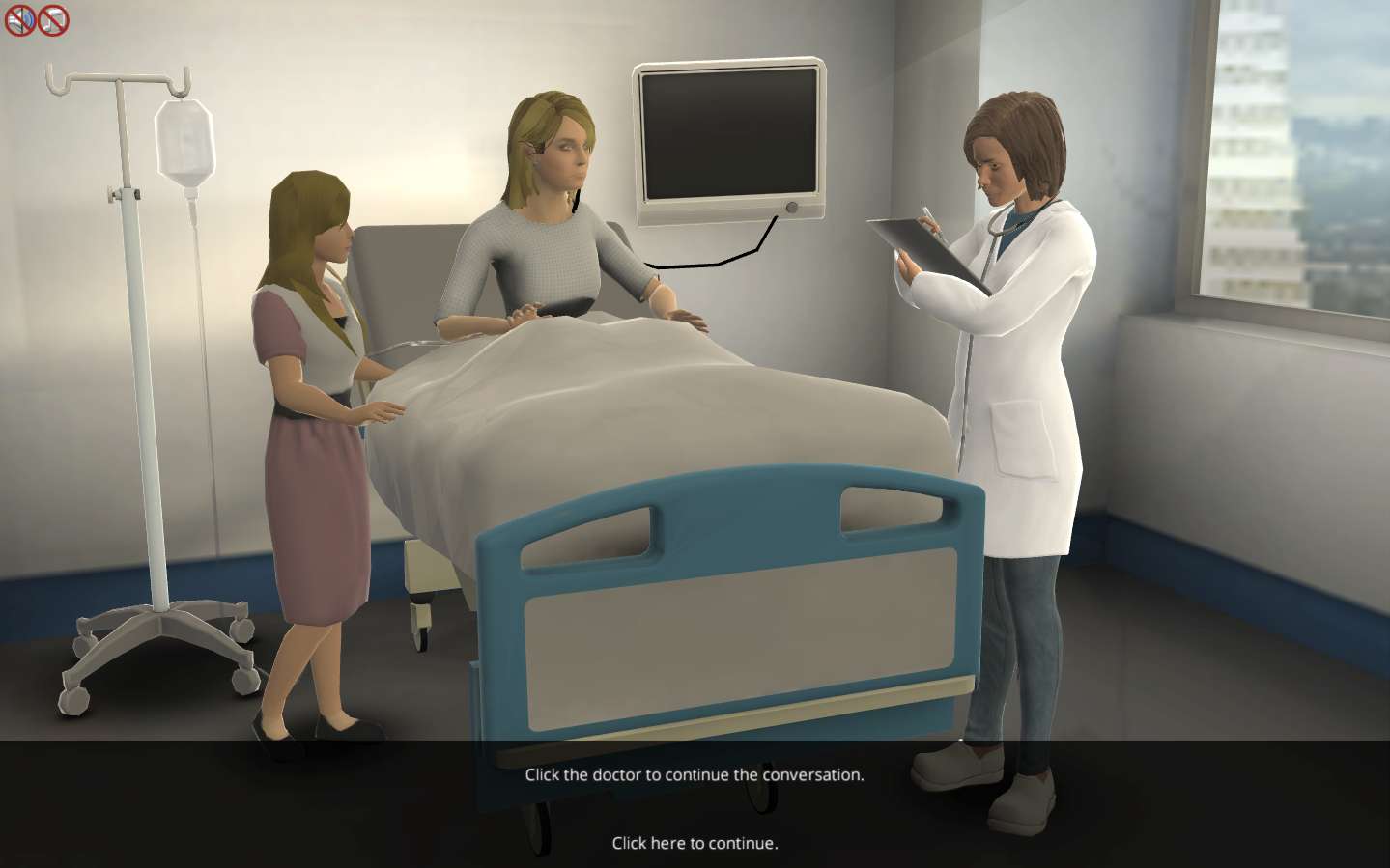Heading 1
Heading 2
Heading 3
Heading 4
Heading 5
Heading 6
Lorem ipsum dolor sit amet, consectetur adipiscing elit, sed do eiusmod tempor incididunt ut labore et dolore magna aliqua. Ut enim ad minim veniam, quis nostrud exercitation ullamco laboris nisi ut aliquip ex ea commodo consequat. Duis aute irure dolor in reprehenderit in voluptate velit esse cillum dolore eu fugiat nulla pariatur.
Block quote
Ordered list
- Item 1
- Item 2
- Item 3
Unordered list
- Item A
- Item B
- Item C
Bold text
Emphasis
Superscript
Subscript
About This Simulation
Learn about Mendelian genetics, linkage analysis, hereditary cancer, tumor suppressor, oncogenes and how to identify a defective gene in a family.
Learning Objectives
- Understand Mendelian genetics and know how to perform linkage analysis
- Perform PCR and gel electrophoresis
- Understand the basics of breast cancer, tumor suppressor, oncogenes and BRCA1/2
- Understand the genetic event underlying breast cancer
About This Simulation
Lab Techniques
- Gel electrophoresis
- PCR
- DNA sequencing
- Protein Truncation Test
Related Standards
- HS-LS3-1
- HS-LS3-2
- HS-LS3-3
- No direct alignment
- No direct alignment
Learn More About This Simulation
In the Medical Genetics Lab, you will learn about Mendelian genetics, linkage analysis and finding the defected gene in a family with hereditary breast cancer. You will also learn about the genetics and development of cancer.
Constructing pedigree
Your first task is to construct a family pedigree based on gathered information. You will learn how to read a family pedigree and determine whether or not traits are hereditary. You will take a visit to the hospital and talk with a doctor to learn about hereditary cancer, Knudson two hits hypothesis and identifying genes that cause hereditary breast cancer a family.
Linkage analysis
Next, you will arrive in the laboratory to begin experimentation. You will begin with a linkage analysis using four microsatellite markers that are located close to BRCA1 and BRCA2 genes. Then you will perform PCR to amplify the microsatellite markers and analyze their genotype using gel electrophoresis. Analyzing the genotypes from family members, you will be able to determine which gene is linked to hereditary breast cancer in this family.
Protein Truncation Test
In breast cancer, mutations in BRCA1 or BRCA2 genes often result in protein truncation. In order to check if there is a mutation in BRCA1 or BRCA2 genes, you will perform Protein Truncation Test (PTT) comparing protein synthesized from the patient’s DNA versus a healthy control. By comparing the resulting protein in polyacrylamide gel electrophoresis, you will be able to conclude whether the patient has a truncated protein.
DNA sequencing
After receiving the PTT result, you need to perform a validation experiment to find out the exact mutation causing the truncated protein. You will perform DNA sequencing of this specific gene and analyze the results. To complete the analysis, you will perform a validation experiment to find the exact mutation causing truncated proteins. You will perform DNA sequencing of this specific gene and analyze the results.
Cancer: from DNA to metastasis
The Medical Genetic lab ends with a series of quiz questions assessing uour comprehension in topics regarding cancer, oncogenes, tumor suppressor and DNA repairs. Supplementary 3D animation is provided to visually portray cancer progression—defective cells divide uncontrollably and form lumps giving rise to breast cancer and subsequently metastasize to distant tissue in the body.
Boost STEM Pass Rates
Boost Learning with Fun
75% of students show high engagement and improved grades with Labster
Discover Simulations That Match Your Syllabus
Easily bolster your learning objectives with relevant, interactive content
Place Students in the Shoes of Real Scientists
Practice a lab procedure or visualize theory through narrative-driven scenarios


For Science Programs Providing a Learning Advantage
FAQs
Find answers to frequently asked questions.
Heading 1
Heading 2
Heading 3
Heading 4
Heading 5
Heading 6
Lorem ipsum dolor sit amet, consectetur adipiscing elit, sed do eiusmod tempor incididunt ut labore et dolore magna aliqua. Ut enim ad minim veniam, quis nostrud exercitation ullamco laboris nisi ut aliquip ex ea commodo consequat. Duis aute irure dolor in reprehenderit in voluptate velit esse cillum dolore eu fugiat nulla pariatur.
Block quote
Ordered list
- Item 1
- Item 2
- Item 3
Unordered list
- Item A
- Item B
- Item C
Bold text
Emphasis
Superscript
Subscript
Labster can be integrated within a school's LMS (Learning Management System), and students can access it like any other assignment in their LMS. If your Institution does not choose an LMS integration, students will log in to Labster's Course Manager once they have an account created. Your institution will decide the access method during the sales process.
Labster is available for purchase by instructors, faculty, and administrators at education institutions. Purchasing our starter package, Labster Explorer, can be done using a credit card if you are located in the USA, Canada, or Mexico. If you are outside of North America or are choosing a higher plan, please speak with a Labster sales representative. Compare plans.
Labster simulations are created by real scientists and designed with unparalleled interactivity. Unlike point and click competitors, Labster simulations immerse students and encourage mastery through active learning.
Labster supports a wide range of courses at the high school and university level across fields in biology, chemistry and physics. Some simulations mimic lab procedures with high fidelity to train foundational skills, while others are meant to bring theory to life through interactive scenarios.










.png?fm=jpg&w=450&h=400)







